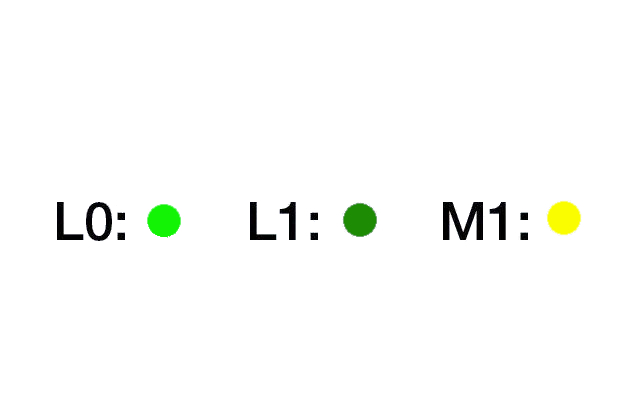|
Copper mirror test
Commonly used test method in accordance with JIS Z 3197 (1986) Section 6.6.2. (IPC J STD 004 Test Methode IPC TM 650 2.3.32) for the testing of the corrosive effect of fluxes for cored solder wire and solder paste, liquid and solid, as well as for rosin -based fluxes on a copper plate. In this case, a 1.0 x 25 x 76 mm large glass sample holder for microscopy is purified and vapor-deposited with a copper layer which should have a transmittance of 10 ± 5% in comparison with normal light having a wavelength of 5000 Å. As a first step, flux for cored solder wire is dissolved in 35% isopropyl alcohol for testing purposes. Then 0.05 ml of the solution is dripped onto the sample which is now placed within 5 minutes into a 23 ± 2 °C warm container with a relative humidity of 45-55 %. After 24 hours, isopropyl alcohol is used to separate the sample from flux residue and compared against a reference sample which was, in turn, treated with WW rosin flux dissolved in 35% isopropyl alcohol. Corrosion is compared visually with the aid of drawings such as the ones below. For purposes of testing solder paste or liquid flux, the flux to be mixed with solder paste or the undiluted product is brought into direct contact with the copper plate and the above procedure is repeated. Visual comparison of the corrosion impact can be evaluated using the drawings provided below. The flux has passed the test if the vapor-deposited copper layer remains completely unchanged.
 |
 |
|



